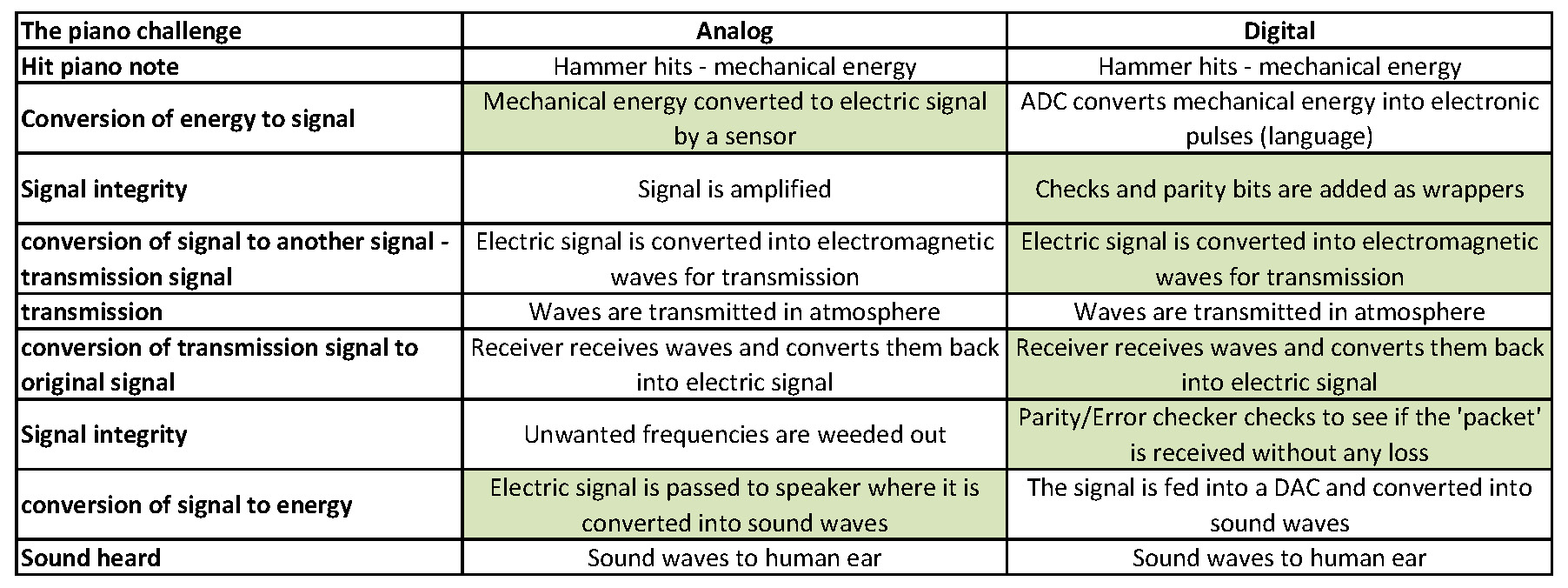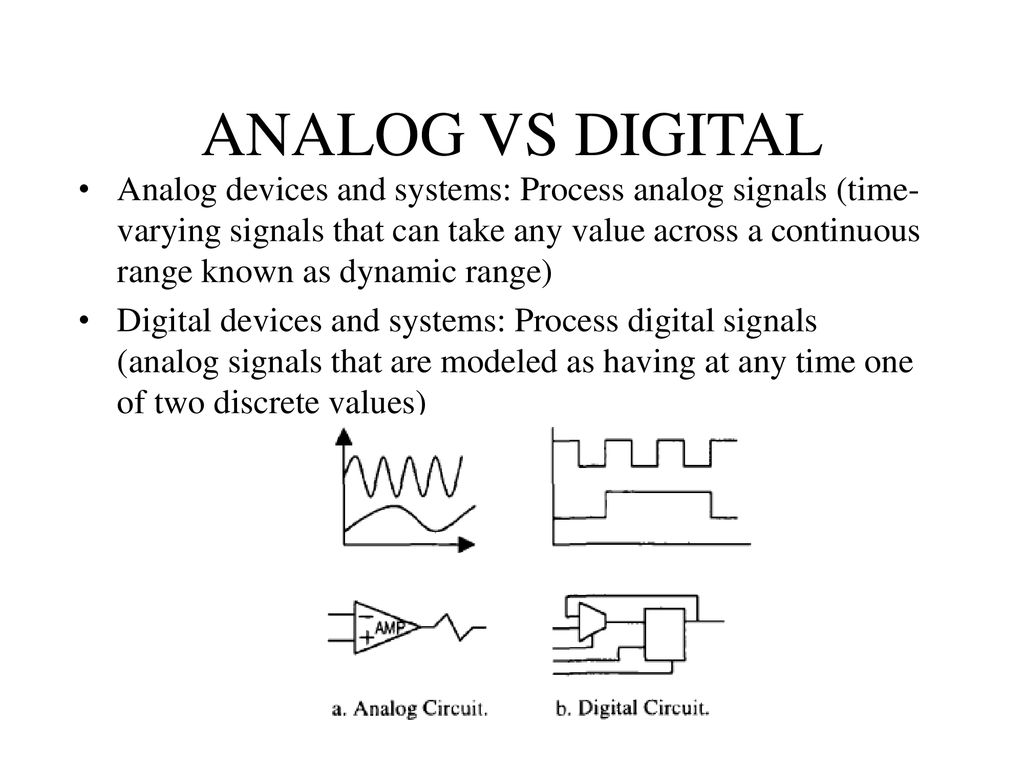Professor Samplers Notes Analog vs Digital Circuit Diagram Learn the basic concepts and examples of analog and digital circuits, how they work, and what are their advantages and disadvantages. Analog circuits use continuous signals, while digital circuits use discrete signals and logic gates. Learn the definitions and examples of analog and digital signals, and how they differ in time, amplitude, and noise. Find out how analog and digital systems are used in electronics, computers, and communication. Analog circuits and digital circuits are two fundamental types of electronic circuits that serve different purposes in the world of electronics. Analog circuits are designed to process continuous signals, which means they can handle a wide range of values within a specific range. On the other hand, digital circuits are designed to process discrete signals, which means they can only work with

When deciding between analog and digital circuits for a particular application, engineers must consider several factors: 1. Signal type: If the input or output signals are inherently analog, such as sound or light, analog circuits may be more appropriate. If the signals are discrete or the application requires complex computations, digital Analog circuits can be very elegant designs with many components, or they can be very simple, like two resistors combining to make a voltage divider.In general, though, analog circuits are much more difficult to design than those which accomplish the same task digitally. It takes a special kind of analog circuit wizard to design an analog radio receiver, or an analog battery charger; digital

Analog vs Digital: What's the Difference? Circuit Diagram
In digital circuits, the i/p signals change from analog to digital (A/D) form before it is processed, that is the digital circuit is accomplished by processing digital signals only, and generates o/p which is again changed back from digital to analog signals (D/A) so that the o/p gives relevant results that can be understood by individuals. 2. Circuit Complexity. Both analog and digital circuits can be simple or complex, depending on the application. Some analog circuits can be as simple as a resistor or a capacitor, while others can be as complex as a phase-locked loop. 3. Signal Conversion. Both analog and digital circuits may require signal conversion.

The Analog circuit can either be an Active circuit such as amplifiers that needs an extra source to power the circuit or Passive Circuit such as a low pass filter that does not need extra power source but only needs the input signal to power it.. The downside of an analog circuit is that their signal may get distorted and causes to lose the information.
